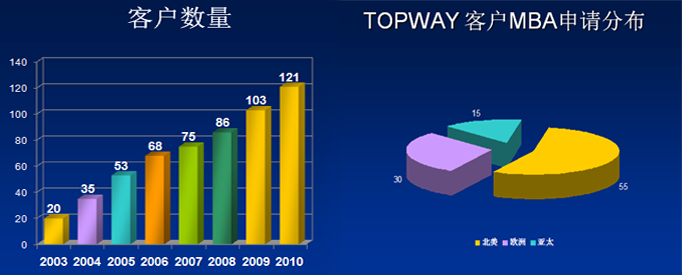|
 
- 精华
- 0
- 积分
- 553
- 经验
- 553 点
- 威望
- 0 点
- 金钱
- 1717 ¥
- 魅力
- 544
|
ai 3 (企业问题)
It is thought-provoking statement that is being discussed here. The author tries to argue that corporations should use a "flat" structure and eliminate salary grades. At first glance, it may seem that a “flat” organizational structure is more likely to encourage collegiality and cooperation among its employees. But my second thought tells me otherwise.
Firstly, a flat organizational structure really discourages the morale of the employees rather than encourages collegiality and cooperation among its employees. By getting rid of the many ranks and salary grades that classify employees according to their experience and expertise, a flat organizational structure creates so-called equality. But this equality is not really equality. Imagine what employees will respond if their efforts and achievements do not match with their rewards. No one would work hard, for efforts are not rewarded. Therefore, there will be no collegiality and cooperation at all. A lot of people will become lazy.
Secondly, it is very difficult to make a decision in a flat organizational structure. Yes, someone would say, a flat structure would yield more thoughts and innovations. Ok, now assume that we have enough methods, which one do we choose? Who is the leader and then makes the deal? Because everyone has its own reason to do this or to do that, no one has the authority to exclude other’s opinion and say, “just do as I said.” I clearly remember my experience to prepare the 2001 Chinese New Year’s consumer promotion activity in my company. Six months before the Chinese New Year, we already had a project team, including marketing, trade marketing, sales and operation. Unfortunately, there was no project leader, since all are the senior in their own department and thought that a flat organization would stimulate more innovation. In fact, each representative did provide intriguing ideas from his/her aspects, however, no one could persuade others, integrate those suggestions or lead discussion to action. When we realized that the New Year was approaching, it was already too late to carry out any consumer activities, because our competitors had already fill the market with their novelty promotions. As a result, according to the data provided by AC Nielsen, our market share dropped sharply during that period.
Finally, a flat organizational structure, relative to the all-made decision, will make the employee dodge their responsibilities. When a flat organization makes a decision, everyone insists his own opinion, but when the decision proves wrong, none will be responsible for it. Still take my own experience mentioned above as an example. We failed to catch the heavy season for sales and lost market share, who would take the responsibility – not marketing, not trade marketing, not sales, not operation. Because all participated in that project, each should be responsible for the result, but none alone was to accept it. In a flat organization, the decision-making cooperation does lead to duty-fudge.
It is obvious, then, that this structure not only discourages the morale of the employees, but also leads to inefficiency. Thereby the author’s suggestion that a flat organizational structure is more likely to encourage collegiality and cooperation among its employees is not feasible.
一面之词,仅供参考! |
|





